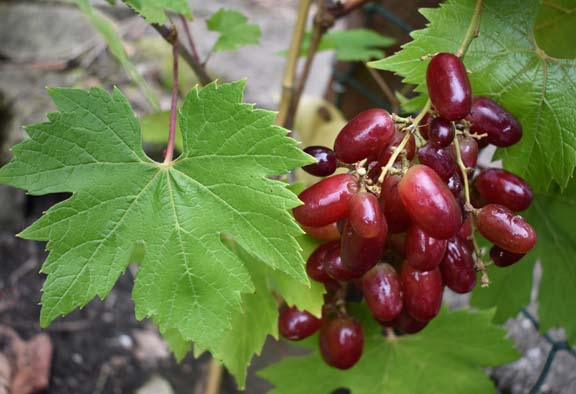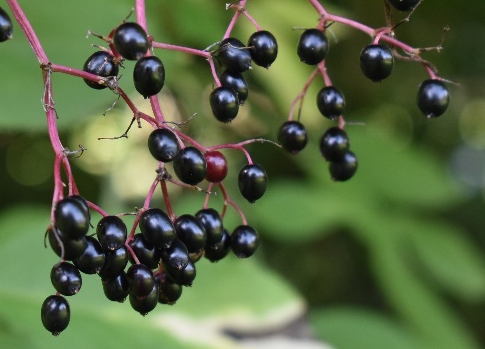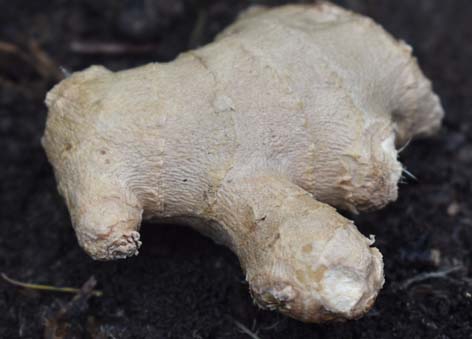The various neurodegenerative diseases (NDs) are mostly ultimately fatal, with drug interventions failing to halt or reverse disease progression.
There is a search for more effective drugs, and there is growing evidence that plants may provide such a source. Our research has found that:
 |
 |
 |
 |
| Vitis vinifera [grape] | Sambucus nigra [elderberry] | Zingiber officinale [ginger] | Rosmarinus officinalis [Rosemary] |
- These findings are relevant to numerous neurodegenerative diseases ranging from the common diseases (e.g. Alzheimer’s disease) to rarer ones (e.g. motor neurone disease and Neimann-Pick disease).
References:
Tyler SEB, Tyler LDK. Therapeutic roles of plants for 15 hypothesised causal bases of Alzheimer's disease. Nat Prod Bioprospect. 2022 Aug 23;12(1):34. doi: 10.1007/s13659-022-00354-z.
Tyler SEB, Tyler LDK. Pathways to healing: Plants with therapeutic potential for neurodegenerative diseases. IBRO Neurosci Rep. 2023;14:210-234. doi:10.1016/j.ibneur.2023.01.006